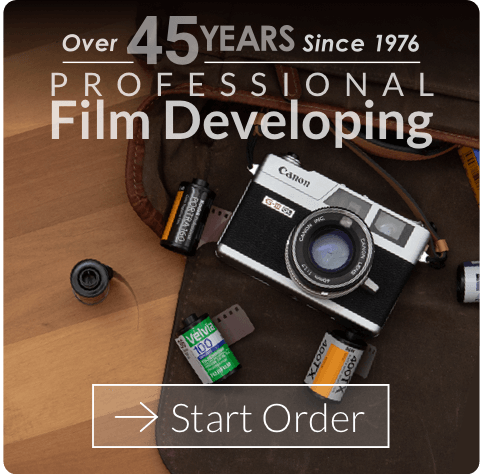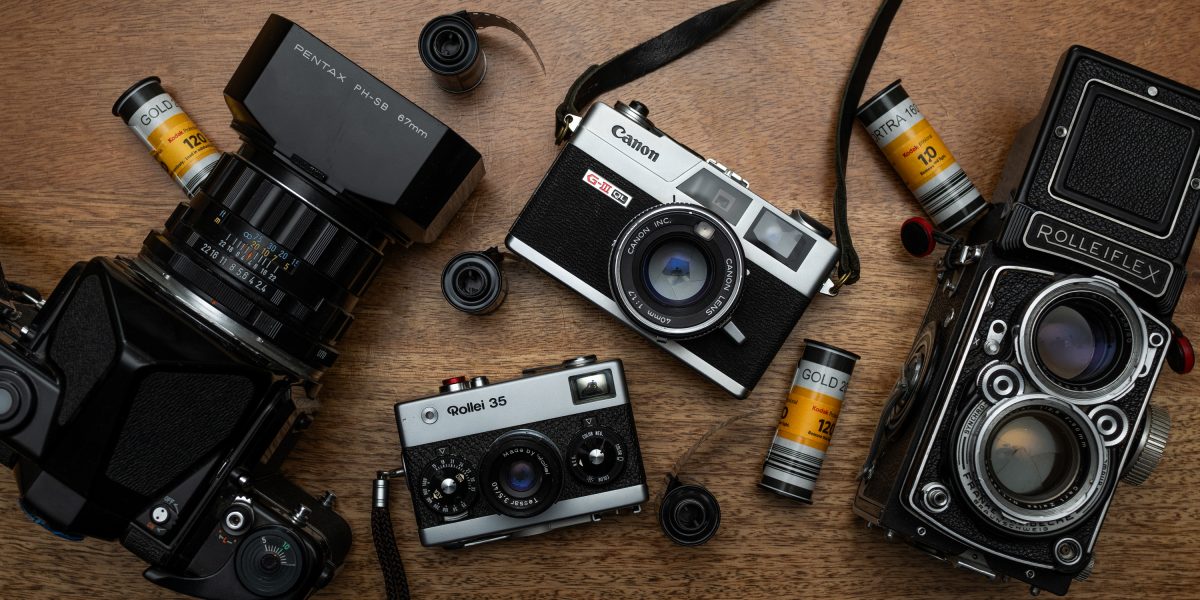
In the world of film photography 35mm and 120 medium format are the too most common formats. As a traditional dip & dunk lab specializing in developing, scanning, and printing film, we aim to guide you through the strengths and weaknesses of each format. Understanding these differences can help you make an informed decision based on your photography style and budget. We have also provided a video at the end of this blog that Caleb Knueven made on this topic which goes into even more detail!
Number of frames
- 120 Medium Format: Medium format film, on the other hand, provides fewer exposures, usually ranging from 8 to 16 frames per roll. This limitation encourages a more thoughtful and deliberate approach to each shot. Below at the number of frames you get with various 120 format.
- 6×4.5 – 15-16 frames depending ion the camera.
- 6×6 – 12 frames
- 6×7 – 10 frames
- 6×8 – 9 frames
- 6×9 – 8 frames
Depth of Field
- 35mm: Due to its smaller negative size, 35mm film generally exhibits a broader depth of field. This can be advantageous for capturing a broader range of subjects in focus, especially in street or documentary photography as you don’t need to stop down in aperture as much to accomplish a wider depth of field.
- 120 Medium Format: The larger negative size of medium format film contributes to a shallower depth of field, offering a more pronounced background blur. This characteristic is often sought after by portrait for creating a distinct visual separation between the subject and the background.
Grain and Sharpness
- 35mm: Film grain is more noticeable in 35mm due to the smaller negative size(24mm x 36mm). While this might be considered a drawback for some, it can add a unique aesthetic to the images. Sharpness may be perceived as slightly lower compared to medium format.
- 120 Medium Format: Larger negatives result in finer grain and higher perceived sharpness. Medium format film is favored by photographers who prioritize image detail and clarity, especially in commercial and studio work.
Convenience and Portability
- 35mm: Compact and widely available, 35mm film cameras are convenient for everyday use and spontaneous shooting. The smaller size makes them portable and easy to carry, making them ideal for travel and street photography.
- 120 Medium Format: Medium format cameras are bulkier and less discreet. They may not be as practical for on-the-go shooting but excel in controlled environments where image quality and creative control are paramount.
Choosing The Right Format
- Photography Style: Consider your preferred genres. If you love street or documentary photography and value portability, 35mm might be the go-to choice. For portrait, landscape, and studio work, where image quality and depth of field control are crucial, medium format could be the better fit.
- Budget: 35mm film and cameras are generally more affordable and widely available. Medium format equipment tends to be pricier, both in terms of cameras and film, but the investment can be justified for those prioritizing image quality.
35mm vs. 120 side by side comparison

35mm 
120 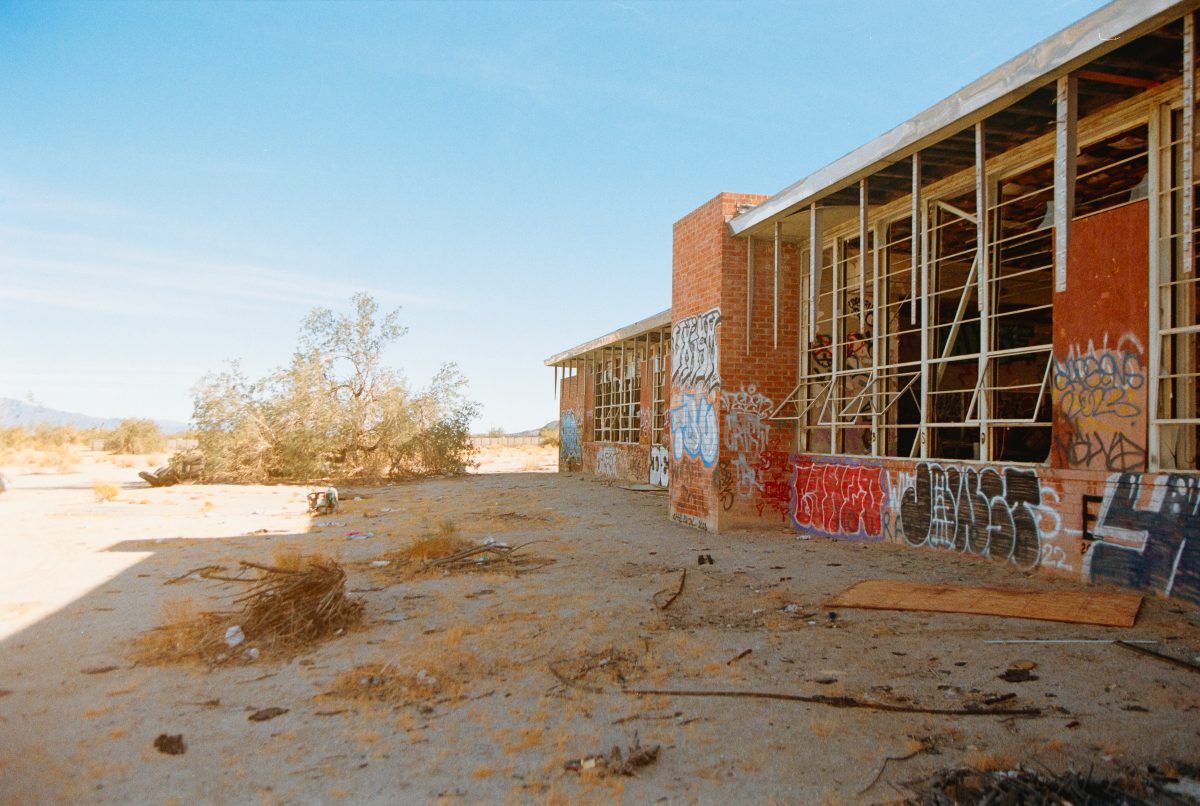
35mm 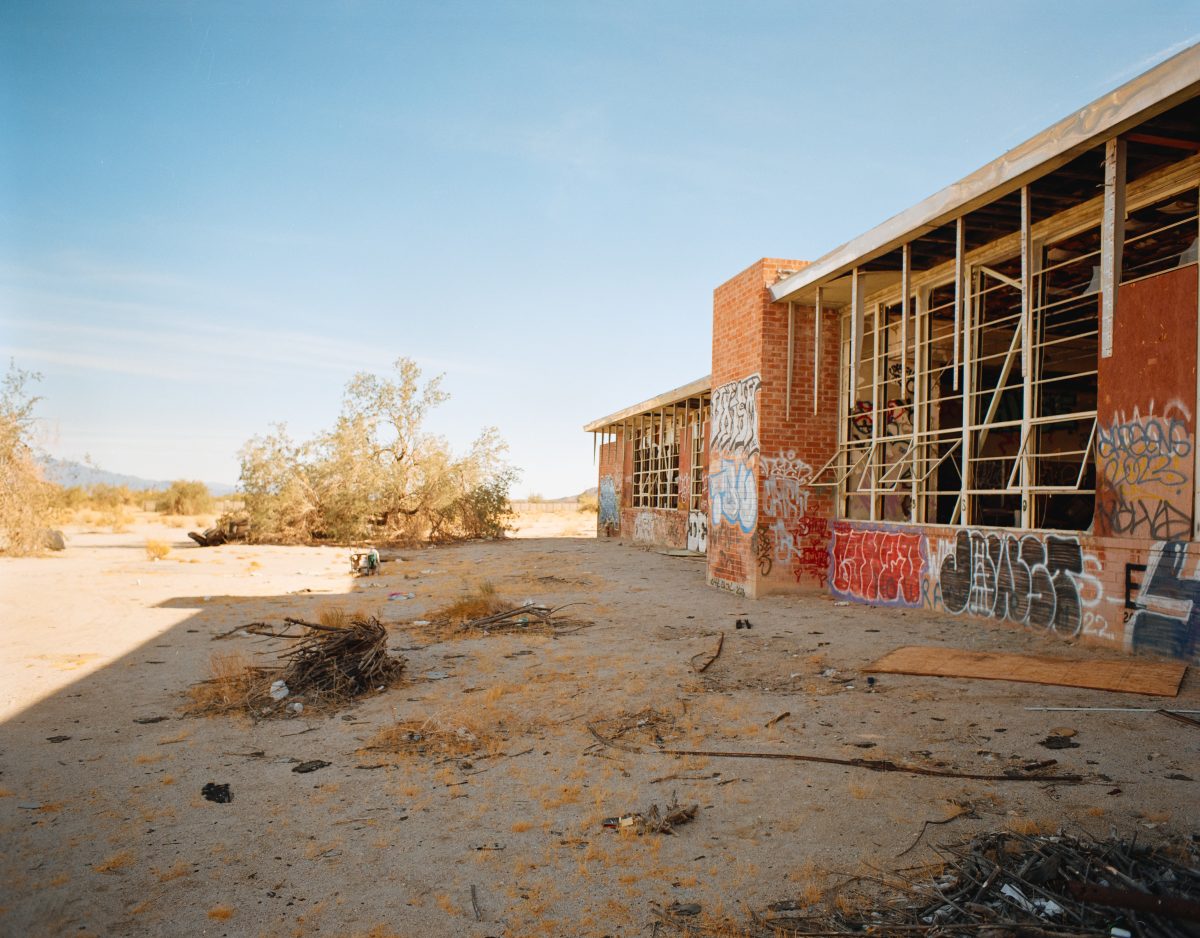
120 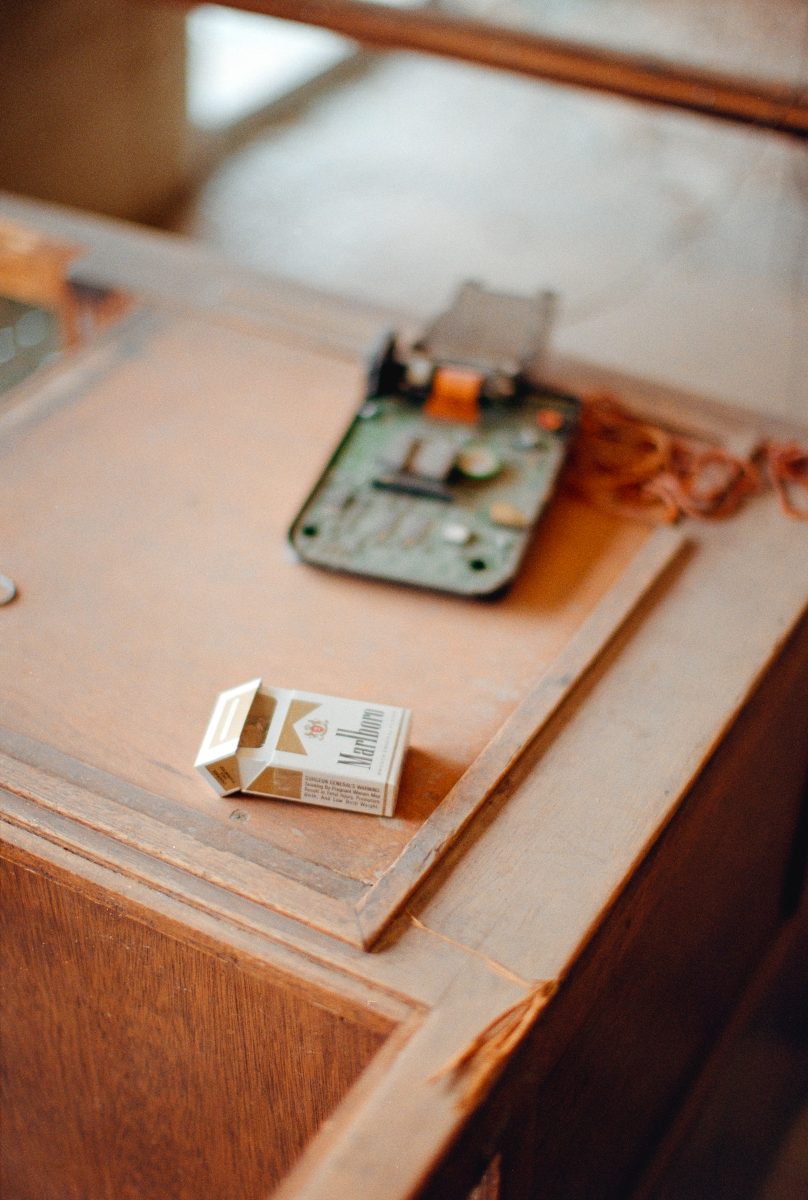
35mm 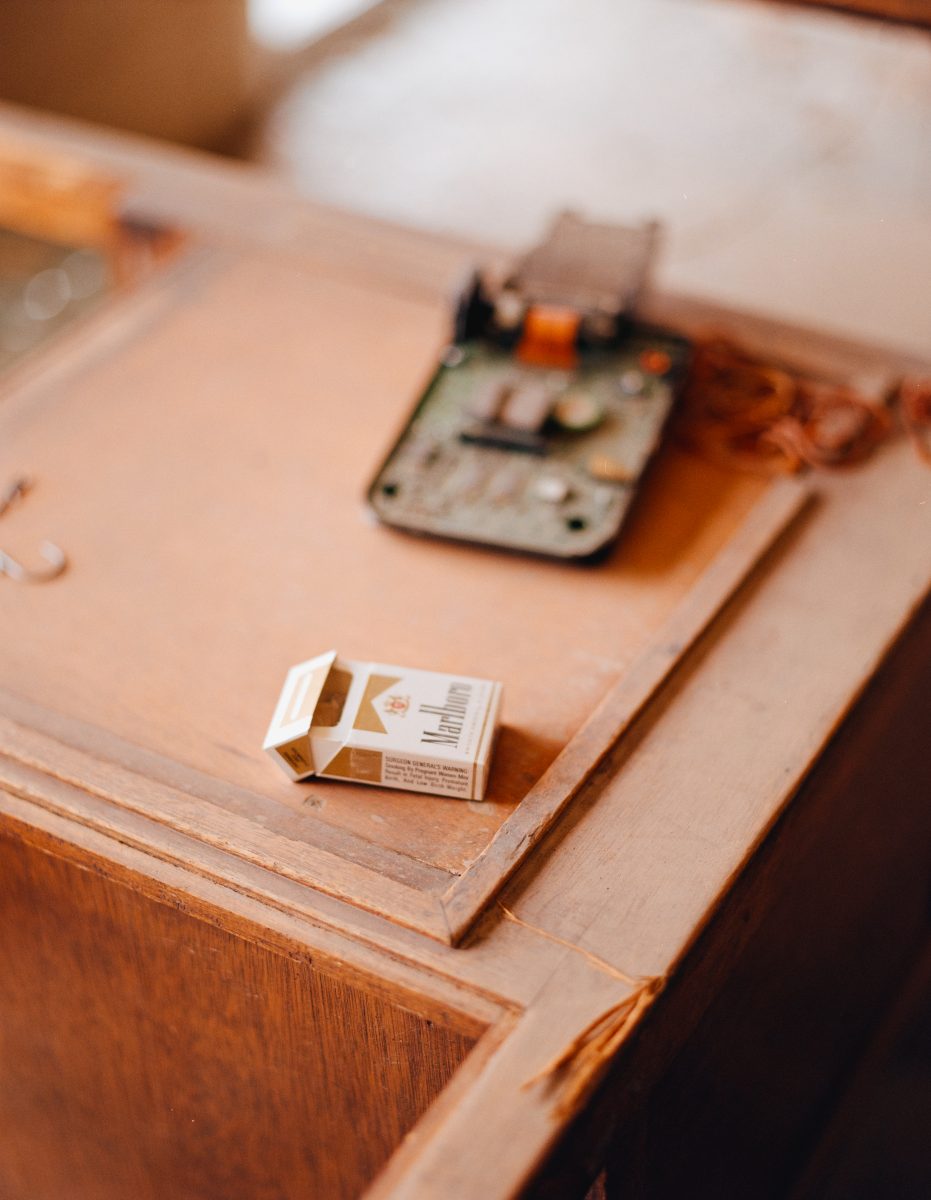
120 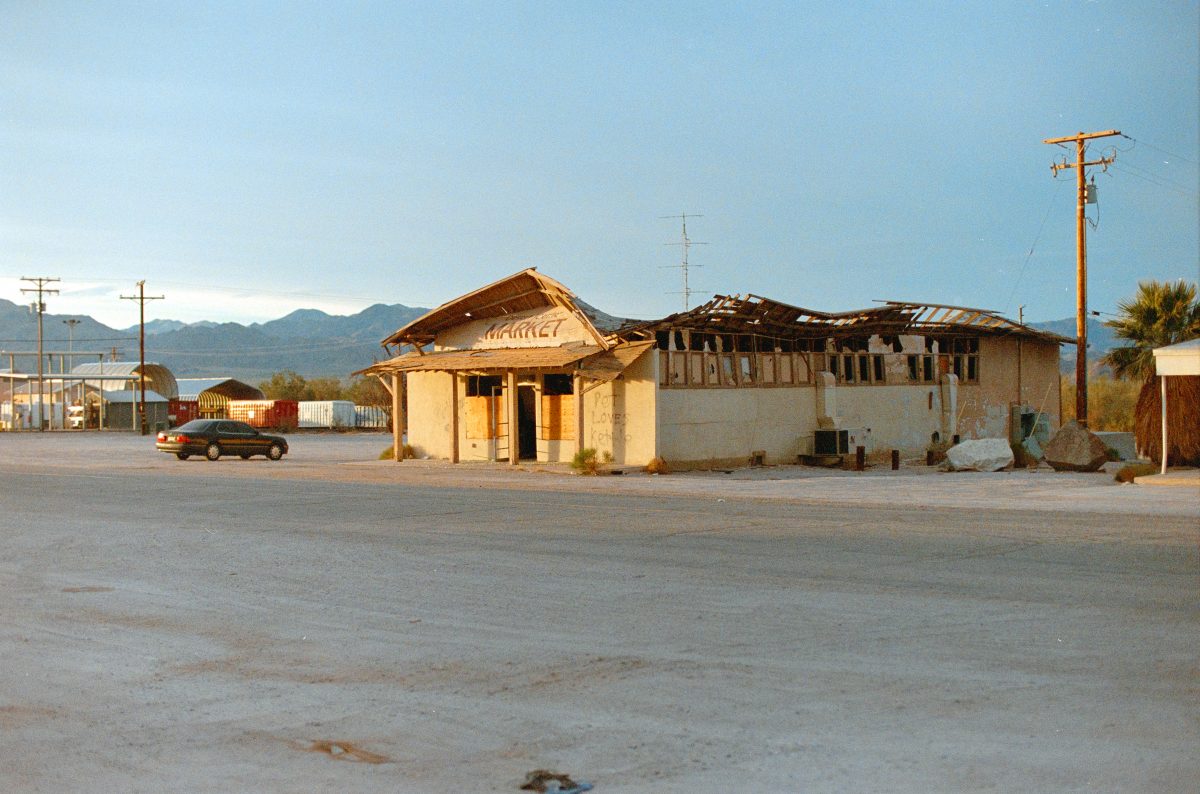
35mm 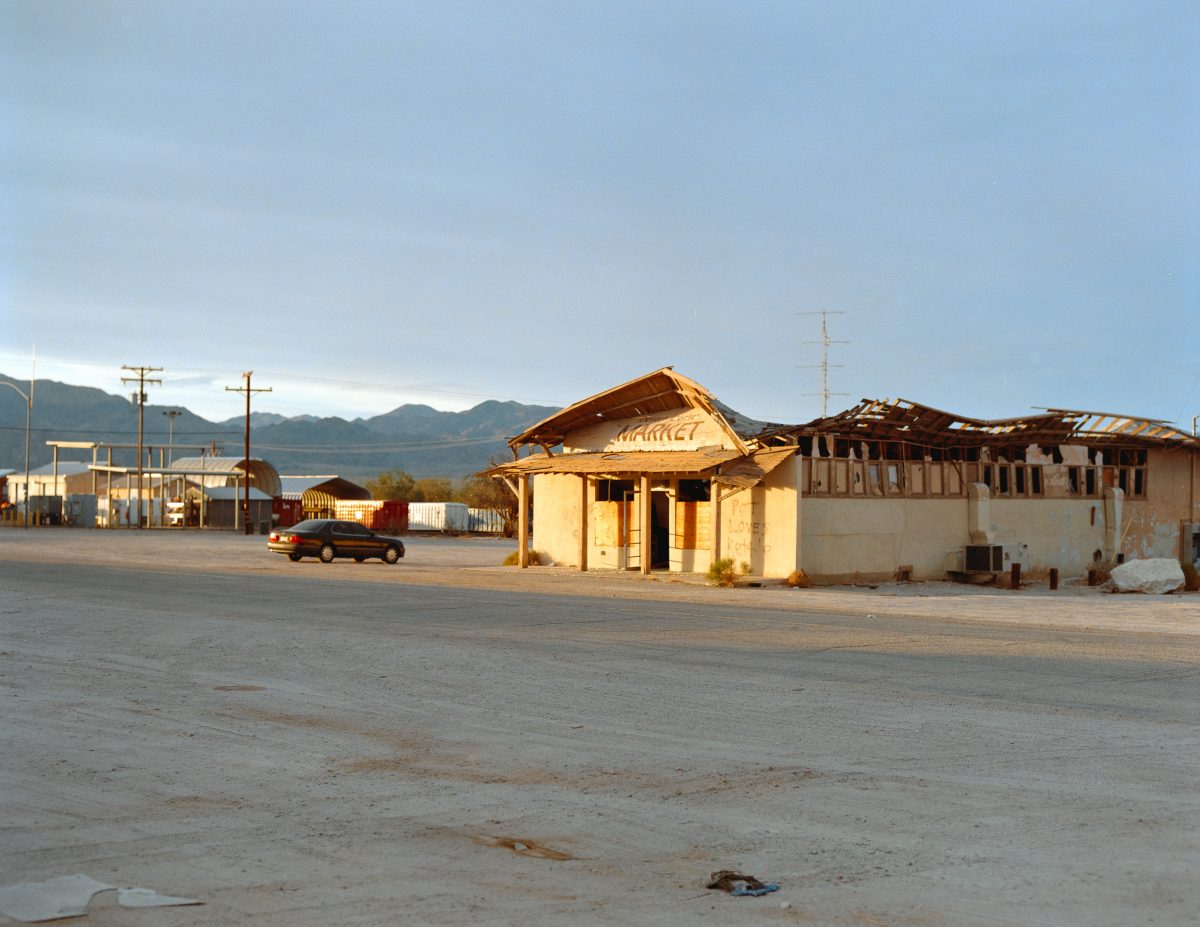
120
In Conclusion
At The Darkroom, we understand the unique characteristics of both 35mm and 120 medium format film. Our services, including traditional dip & dunk development, precise scanning options, and easy online ordering, cater to photographers with diverse preferences. Whether you choose the convenience of 35mm or the artistic possibilities of medium format, we are here to bring your film visions to life with uncompromising quality and expertise. Explore our three scan sizes to find the perfect balance between convenience and the highest resolution for your images.





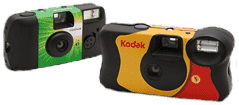
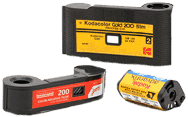
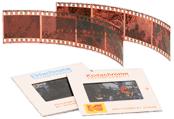
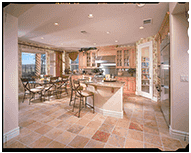


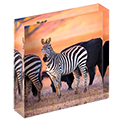
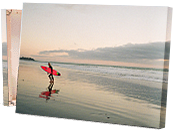

 Gift Cards
Gift Cards Film Index
Film Index FAQ
FAQ Desktop Framed Prints
Desktop Framed Prints